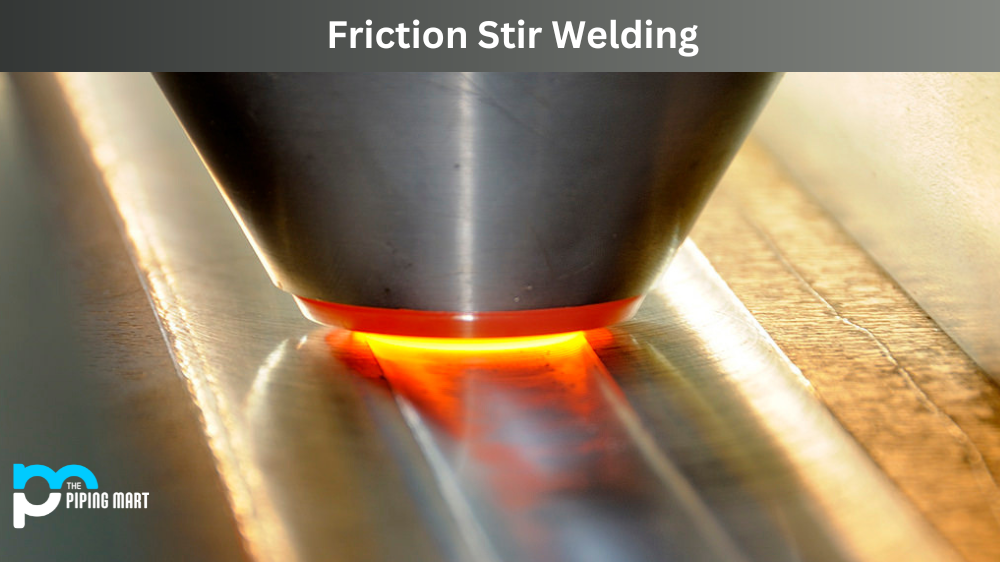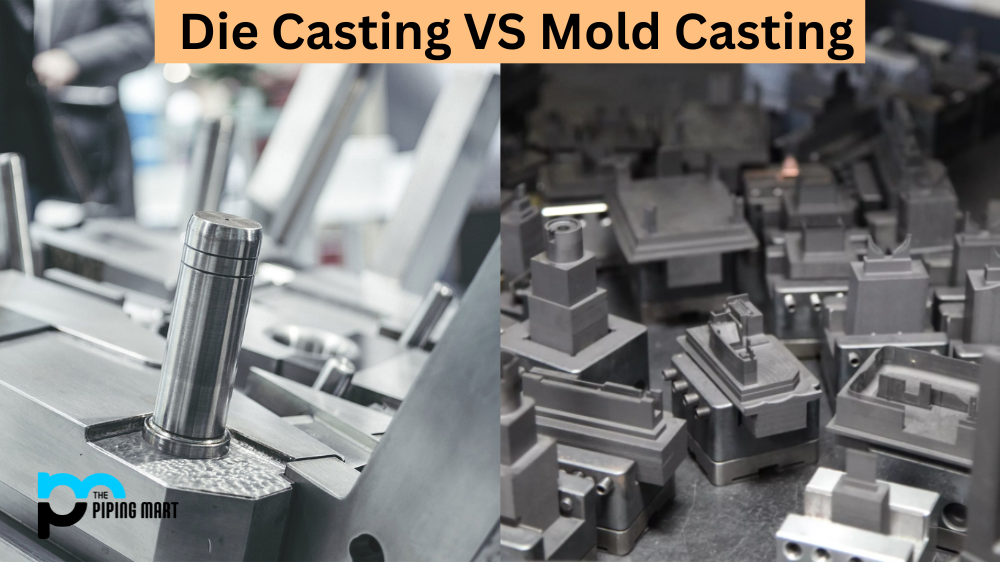Have you ever heard of friction stir welding (FSW)? FSW is a process that was developed in 1991 by The Welding Institute. It’s relatively new compared to other welding processes, but it has quickly become popular due to its convenience and high-quality welds. In this blog post, we’ll discuss this unique welding technique’s advantages and disadvantages so you can decide if it’s right for your business.
Main Advantages of Friction Stir Welding
The most significant advantage of FSW is that it eliminates the need for additional materials such as flux or filler metals. This makes it easier and more cost-effective to use than traditional welding methods. Plus, FSW offers superior strength, ductility, and fatigue resistance than other welding techniques can provide. It also creates better quality welds at lower temperatures than traditional methods, which reduces the risk of heat damage to components and helps ensure consistency throughout the welded area. Furthermore, FSW does not require preheating or post-weld treatments, which can help save time and money on each project.
- Friction stir welding (FSW) is a solid-state joining process that uses friction and heat to join two pieces of metal.
- FSW is a relatively new welding process developed in the early 1990s.
- FSW is a versatile welding process that can join various metals, including aluminum, steel, and titanium.
- FSW is a strong welding process that produces joints that are as strong as or stronger than the base metal.
- FSW is a fast welding process that can be used to weld large sections of metal quickly and efficiently.
Main Disadvantages of Friction Stir Welding
One downside to using FSW is that it requires specialized equipment and training to execute the process correctly. This increases overhead and maintenance costs since a trained technician must do any repairs. Additionally, FSW cannot be used on thicker materials like traditional methods can because the tool will not penetrate deeply enough into the material. Lastly, FSW creates an irregular surface finish which may require additional machining or finishing steps to obtain desired results on specific projects.
Limited to Specific Materials
Friction stir welding is typically only used on materials with a low melting point, such as aluminum and certain plastics. This limits the potential applications of the welding process.
Requires Specialized Equipment
Friction stir welding requires specialized equipment that can be expensive to purchase and maintain. Additionally, the equipment operator must be properly trained to produce quality welds.
Not Suitable for All Applications
Due to the nature of the welding process, friction stir welding is only suitable for some applications. For example, the process cannot be used on materials thicker than 3/8 of an inch.
May Cause Distortion
If not performed correctly, friction stir welding can distort the welded joint. This can be problematic in applications where precision is essential, such as aerospace.
Not Widely Used
Friction stir welding is not a widely used welding process due in part to its limited applications and specialized equipment requirements. As a result, fewer qualified welders may be available to operate.
Conclusion:
Friction stir welding is quickly becoming one of the most popular welding techniques due to its convenience and higher quality welds than other methods provide. While there are some drawbacks to using this process, such as higher overhead costs from specialized equipment/training needs as well as limited thickness range capabilities, these should be weighed against the many benefits offered by FSW, such as eliminating additional materials like flux or filler metals while creating stronger joint strength with lower operating temperatures than traditional methods do. Those looking for an efficient and cost-effective way to combine two metal components should consider giving friction stir welding a try!
Meet Heer, a dynamic and driven writer learning tricks of her trade in the metal industry. With a background in Digital Marketing, Heer brings a unique perspective to her writing, sharing valuable insights. Apart from blogging she like reading and hiking.




